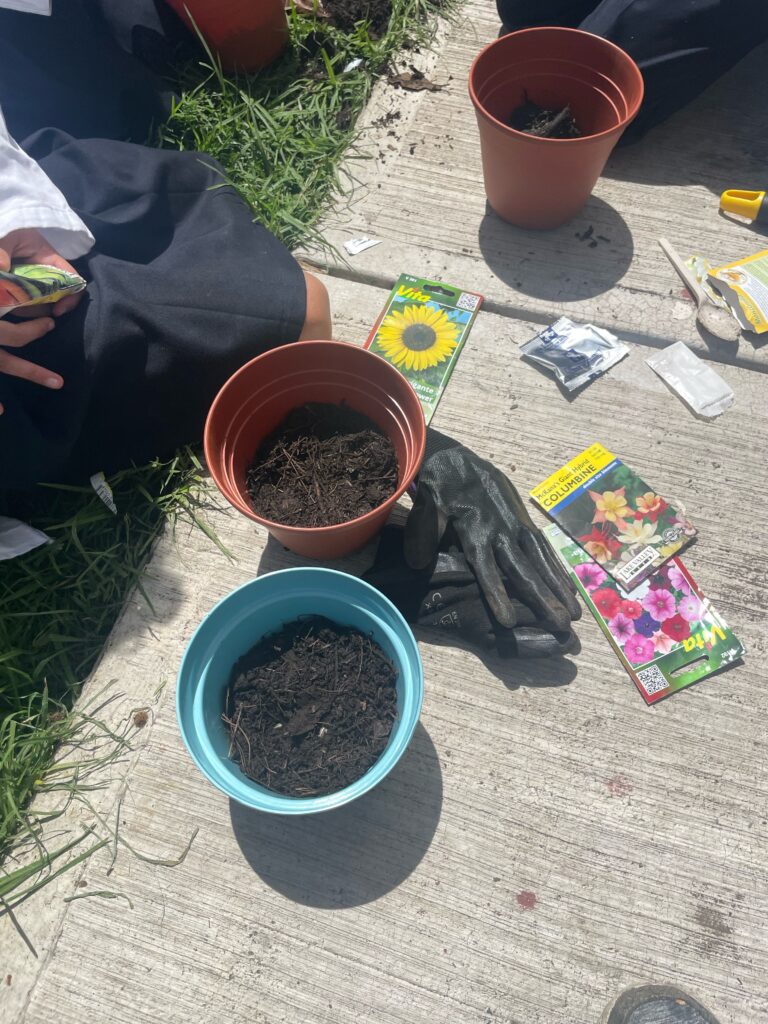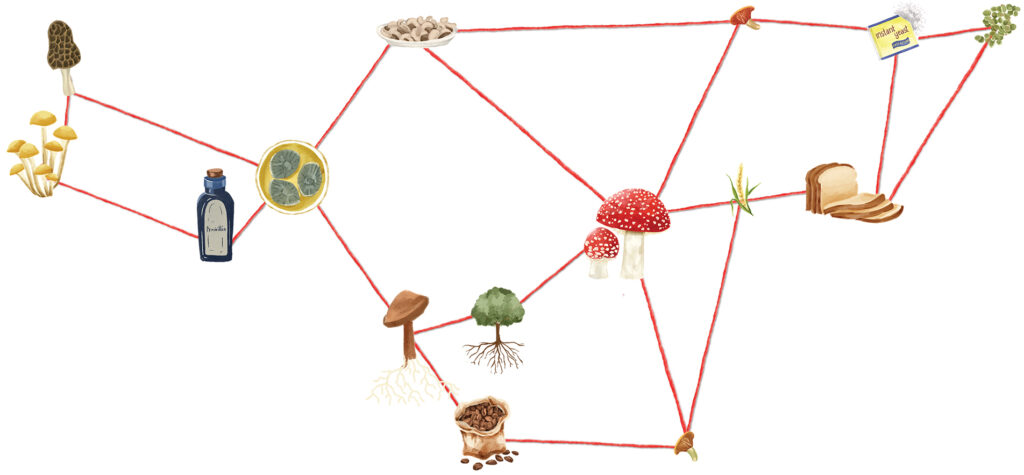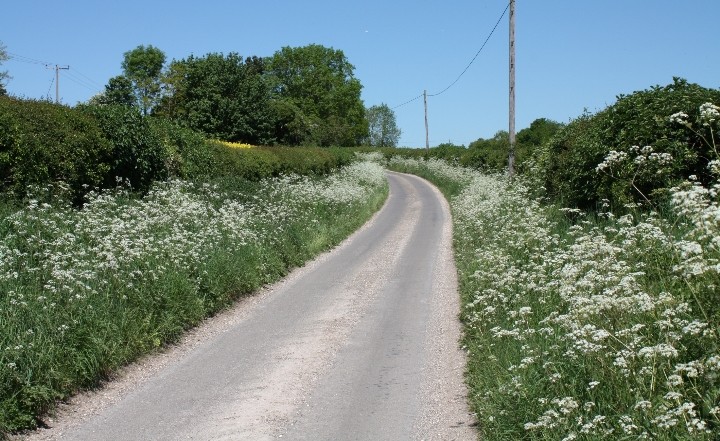Most people love nature, and marvel at its incredible diversity. Even an ecosystem patch as small as a tiny pond can contain hundreds of different kinds of species, with complex life systems working at multiple levels, that have evolved over millennia. We admire this complexity, are amazed by it, and deeply appreciate the need to save it. Witness for instance the ongoing discussion in the Indian media about the crisis of the fast disappearing tiger, India’s flagship conservation species, and the depleting diversity of the dry tropical forest habitats where it has a large home range.
It is quite surprising to observe the almost total lack of similar awareness of the incredible institutional diversity that exists across the world, and the deep connections between this kind of institutional diversity, and the conservation of biological diversity. From Africa to Alaska and India to Iceland, traditional tribes and local communities have developed complex, multi-level, astonishingly detailed and varied systems of rules and norms that have enabled them to conserve and sustainably use the natural resources with which their lives are so intricately interwoven. Some of these institutions have a documented existence of time scales spanning several centuries. From forest-specific rules that include a ban on the killing of specific species during the breeding season, to complex multi- level irrigation systems that specify when downstream and upstream farmer groups engage in maintenance activities, to spatially and temporally varying guidelines for pastoral grazing communities that move across hundreds of kilometers and many ecological regimes, these communities have developed innovative, complex and constantly adapting approaches to deal with the varying challenges that they face while nested in a certain ecology.
For those who have interacted with local communities governing ecological commons in any part of the world, it is easy to see that the “natural” environment in these contexts in fact exists as an interconnected social-ecological system. Social and institutional rules are modified in response to ecological condition, while at the same time acting as a major force shaping ecosystem change. Yet, many policy makers, governments and administrators, conservation agencies, and even the average city dweller, tend to be unaware of the vast history, heritage, learning – and potential-of community institutions.
Elinor Ostrom’s pioneering work has done much to change this situation, but there is still a long way to go. As the articles in this special issue indicate, her research has made a substantial case for governments to involve local communities in conservation, by providing a substantial body of evidence that affirms the capacity of local communities to sustainably manage natural resources. In Latin America, Asia and Africa, governments have initiated policies of decentralization that attempt to return some degree of control over forests and other local resources to communities. Yet, Ostrom’s reasoning is far from prescriptive or naïve—she clearly warns of the dangers inherent
in rapid decentralization without effective controls, and lays out a clear set of principles that indicate conditions under which communities are likely to be successful managers of common resources. She cautions that a large part of the reasons why communities are successful is that they have the freedom to craft diverse rules that apply to their local context, and to modify these rules based on their real life learnings, and in response to changes in the condition of the natural resource over time. Unfortunately, many governmental, regional and international policies—even those aimed at engaging with local communities—fail because they tend to be prescriptive, assuming that one approach to conservation, with a few simple rules (such as the need to raise money for more guns and more guards) will always work. She also argues eloquently for the need for polycentric institutions—those with multiple levels of administration and decision making, national and local, government and community—working in synergy for better management at all appropriate scales. Thus her work does not pit community against state, but asks for better and closer engagements between these two sets of actors, with greater trust, and opportunities for participation at an equal footing.
Since the award of the Nobel Prize, broader awareness of her influential ideas has increased, and this is a good sign for the future of the world, and its indigenous peoples. Elinor Ostrom’s indefatigable energy has taken her across the globe several times over, traveling to meet with policy makers, governments and think tanks and explain to them the main message of her work, without losing out on the essential details of complexity, adaptiveness and change. It is a hard task, but one made more accessible by the energy and spirit with which she delivers her message. It is also a goal made more feasible by the rich body of resources she has developed over decades in the form of colleagues, networks, postdocs and students, who now engage with similar issues across the world, expanding on these ideas in a range of local contexts. This special section brings to you a glimpse of the work—theoretical and applied—inspired by Ostrom’s principles of the commons—in different parts of the world.
The challenge for our future is to apply these principles for effective management in a world impacted by urbanization, climate change and deforestation, where the scale and intensity of environmental and ecological problems are changing before our very eyes. Treating people as part of the solution, rather than just part of the problem, will have to constitute the way forward. The area of work initiated by Elinor Ostrom and her network of colleagues will provide a critical component in searching for new solutions to the emerging crisis.




